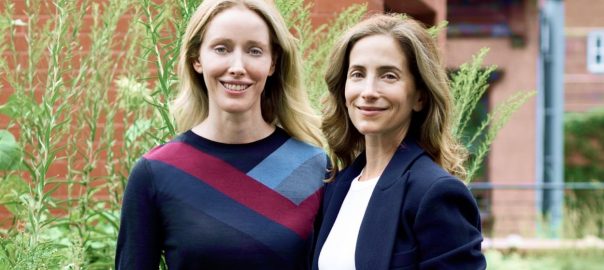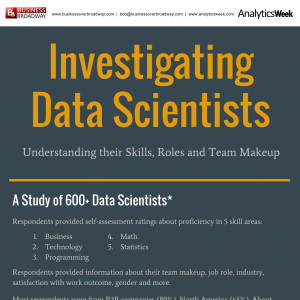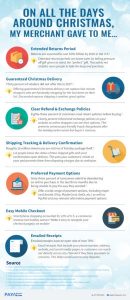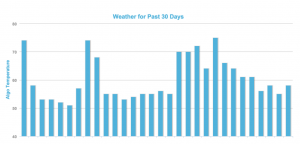The pandemic broadly accelerated innovation and interest when it came to the health and wellness sector. Suddenly, consumers were more interested than ever in gaining more insight into their bodies and minds, and investors tapped in to that growth. As a result, funding soared and companies flourished. However, the recent market downturn has put a strain on healthcare funding, with some formerly high-flying companies slashing costs and reducing headcount.
To hear more about where the segment goes from here, Fast Company spoke via email with Able Partners founders Lisa Blau and Amanda Eilian. The conversation has been lightly edited for length and clarity.
Fast Company: When you founded your firm, what were some of the missions that guided you as you looked for opportunities and worked with founders? Have any of those changed in the past seven years?
Lisa Blau: Amanda and I have always been enthusiastic about health and wellness innovations, and our personal experiences have deeply informed Able’s investment focus. From an early age, I developed a greater understanding for the need to improve outcomes for those living with mental illness while Amanda, on the other hand, recognized the need for access to care surrounding lower income individuals.
Amanda Eilian: With similar interests, we often coalesced around mutual investment theses in the verticals we knew best: health and wellness. Together, we identified a long-term secular shift in consumer behavior towards better-for-you goods and services, which we believed would lead to value creation in the category. Since launching Able Partners, our investment focus has remained consistent, specifically on areas in consumer health and well-being that have historically been stigmatized or overlooked, often resulting in underserved markets and large opportunities.
FC: How do you navigate which companies to add to your portfolio as founders reach out? Has that changed during this market downturn?
AE: Able is a thesis-driven fund, so we are continually exploring new theses with the intention of developing depth of expertise and strategic relationships with founders. This strategic approach allows us to be disciplined about what opportunities are or aren’t a fit for us as a fund.
LB: From our viewpoint, quality is the most important north star when we are investing in a brand. For example, when we underwrote our thesis to invest in childcare, our investment case was centered around making high-quality care accessible to more families, which we believe is critical for building a trusted brand and enduring company in the long-term. It is possible to succeed at delivering high-quality care while also growing profitably, but what’s most important is that the investors in this industry are underwriting the long-term opportunity to serve families.
FC: Able has been heavily focused on narrowing “The Wellness Gap.” Could you explain that gap, and why have you honed in on the topic?
AE: As early stage investors, our investment focus is “positive living,” which means making the daily lives of consumers healthier, happier, and more meaningful. We’re most interested in partnering with private companies that are innovating to close “The Wellness Gap,” the term we use to describe the disconnect between economic growth and measures of well-being. We see significant opportunity in identifying and funding companies that are creating the tools and solutions necessary to narrow the gap.
FC: What are some of the biggest changes you’ve seen in the healthcare and wellness spaces since you started Able?
LB: When we started this work, “wellness” was often seen as an expensive luxury reserved for an affluent coastal consumer, and physical and mental health were independent silos. Over the years, there has been a growing awareness that lifestyle interventions, as preventative care, can have a positive ROI for patients and payers, justifying the investment. There is also a much greater awareness that physical and mental health are closely linked, and that effective interventions need to take a holistic approach.
FC: What are some areas that are ripe for disruption in these spaces that you think investors will focus on in 2023? What about the next five years?
AE: While we’re most focused on narrowing the wellness gap, we see a few areas ripe for disruption in 2023 including:
- Food as medicine: unlocking access & affordability: The food we eat plays an instrumental role in disease prevention, management, and reversal. We believe a combination of health tech and fintech solutions will have an integral role in improving access to and affordability of nutritious food to those who need it most through personalized recommendations and outcome measurements.
- Comprehensive gut health: Gut health affects nearly all bodily systems and has been linked to a variety of mental health and physical conditions. We’re particularly interested in palliative and curative consumer and clinical solutions in 2023.
- Empowering the caregiver: Challenging working conditions, exacerbated by the pandemic, have led to an exodus of care workers resulting in a significant supply shortage. We see opportunity in scalable solutions that educate, train, compensate, and support caregivers for the work they’re already doing, which will be critical to support our aging population.
- Behavioral health’s shortage of supply: When considering mental health, the elephant in the room is the growing supply shortage of behavioral health providers. We believe the most intriguing businesses in behavioral health will prioritize finding creative solutions to solve the supply shortage.
- Augmenting primary care: Primary Care Providers (PCP) spend limited time with patients because of the current incentives in the healthcare system, often preventing them from addressing the root cause of a condition or introducing preventative care. We see an opportunity to better integrate specialty expertise and leverage existing data sets to help augment PCPs and introduce a more comprehensive and collaborative care model.
FC: Do you think that a broader market downturn will impact how VCs approach the health and wellness space?
LB: Irrespective of the current economic climate, we believe investors in the health and wellness space will remain interested in businesses that combine large market opportunities with sustainable unit economics, diversified distribution channels, and profitability. The pandemic underscored how important both physical and mental health is and shed light on gaps in the healthcare system that need to improve. It also highlighted the important role that both paid and unpaid caregivers play. Irrespective of a downturn, we believe these areas of focus will continue to drive interest from investors.
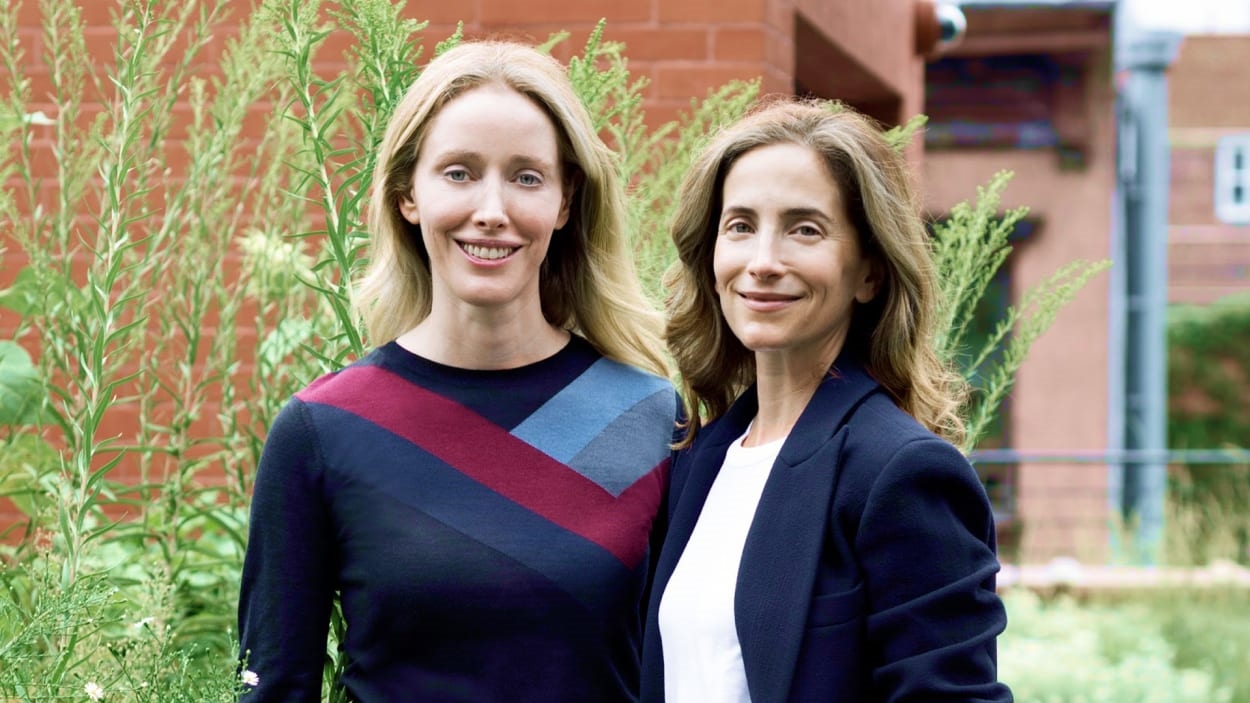
AE: Beyond new investments, we believe there will be significantly more M&A in 2023, including consolidation of point solutions and infrastructure to enable care delivery. In the same vein, we could see [private equity] scoop up subscale assets and consolidate. We do not anticipate seeing the same FOMO-driven valuations that we have in the past, but the one caveat would be the introduction of structure. We have heard of later stage rounds that were priced at high headline valuations, but in order to avoid a down round, had significant structure in place that is not publicly disclosed. There will be interesting implications from these structured rounds in the next few years.
(10)
